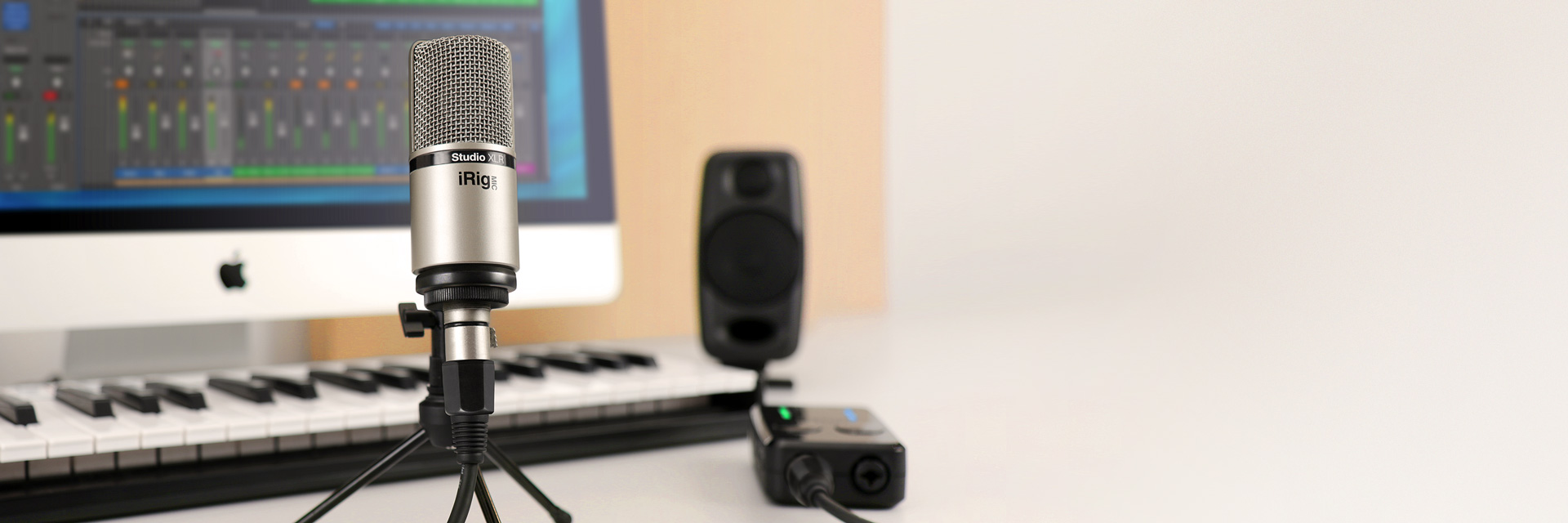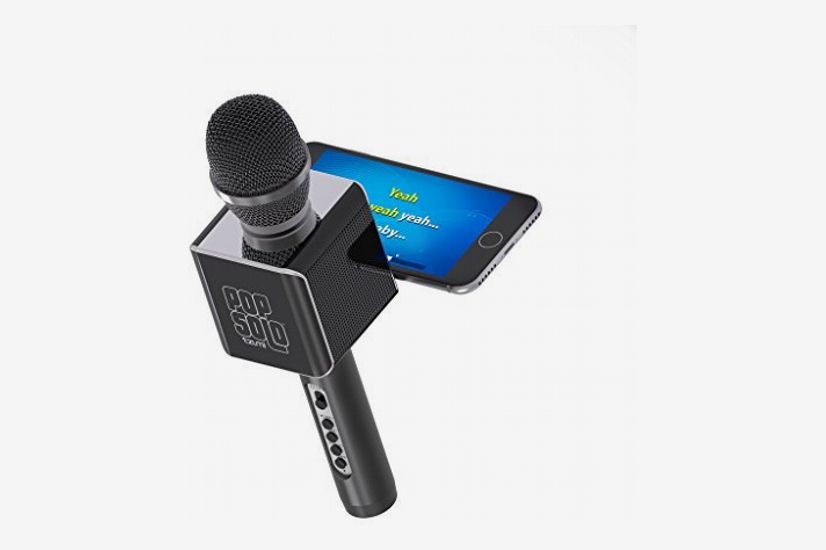XLR microphones have long been the backbone of quality audio production, adored by sound engineers and recording artists for their exceptional performance. These microphones offer an unmatched combination of sound fidelity, durability, and adaptability, making them the go-to choice for anyone serious about audio recording. Let’s delve into the reasons these microphones reign supreme in studios around the globe.
Unmatched Audio Quality
Superior Sound Capture
The hallmark of XLR microphones is their ability to reproduce sound with peerless fidelity. Engineered with precision and state-of-the-art components, XLR mics offer an expansive frequency response, allowing them to capture the full spectrum of sounds, from the deepest bass to the highest treble. They feature advanced designs that minimize self-noise, providing a clean, articulate, and uncolored representation of the source audio, which is paramount in professional recording settings.
Balanced Audio Connection
An XLR microphone’s balanced signal reduces the risk of interference over long cable runs, which is often unavoidable in complex studio setups. The three-pin design of XLR connectors carries the audio signal over two wires, with any noise picked up along the cable length being canceled by the time it reaches the destination. This noise-canceling capability is crucial for maintaining the audio’s integrity, especially when mics need to be placed far away from mixers or recorders.
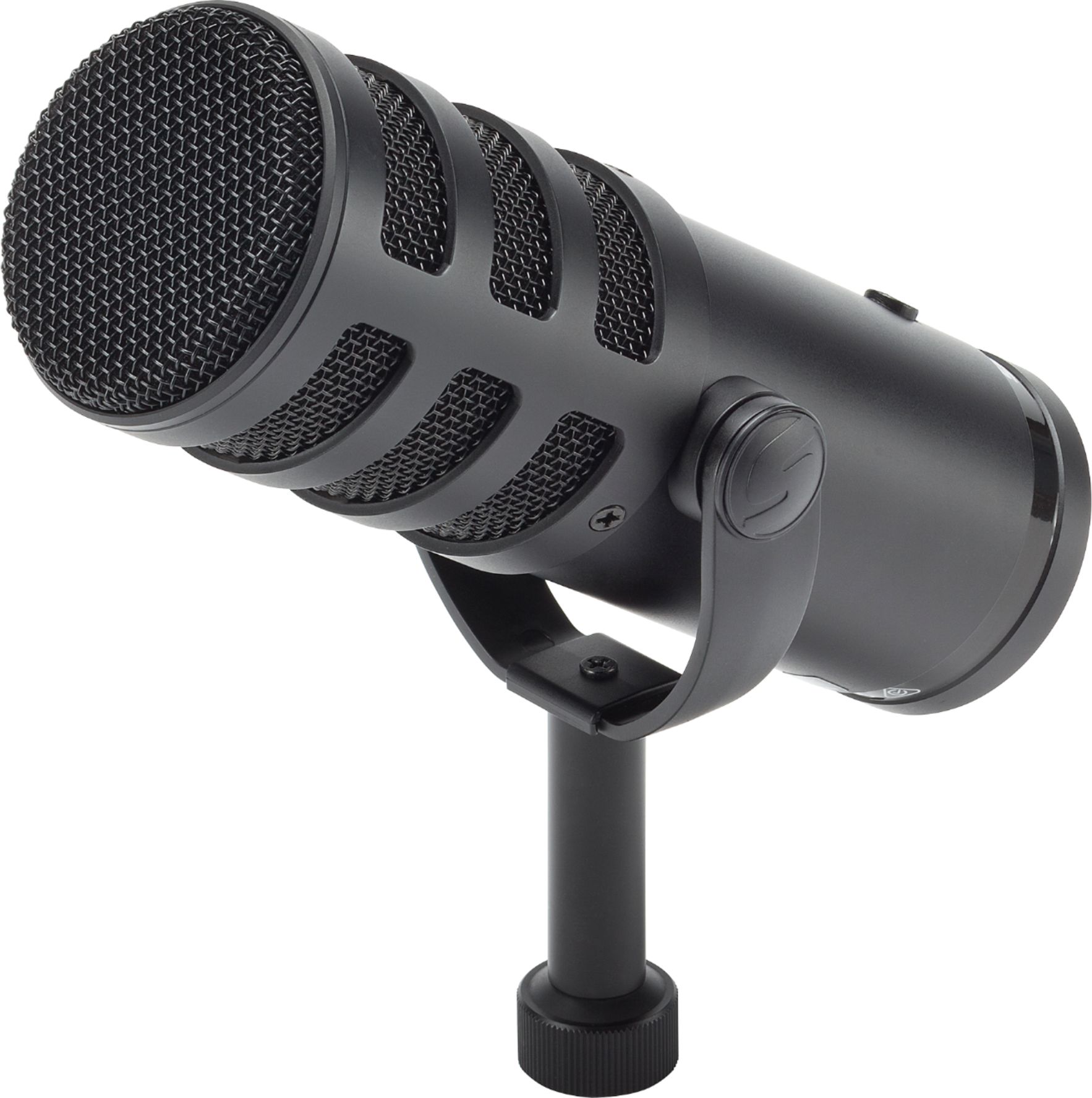
Durability and Reliability
Sturdy Construction
XLR microphones are constructed to endure. They typically boast a metal body and a sturdy grille that protects the delicate internal components from the dents and dings of daily use. The connectors are precision-engineered with locking mechanisms that secure the cable to the microphone, ensuring a constant connection even if the mic is accidentally pulled or moved during a performance.
Consistent Performance Over Time
The legendary status of many XLR microphones stems from their reliable performance over years and even decades of use. Their longevity is not just a testament to their durable build but also to the timeless sound profile that continues to meet the standards of modern audio production. This reliability saves studios both time and money by reducing the need for frequent repairs or replacements.
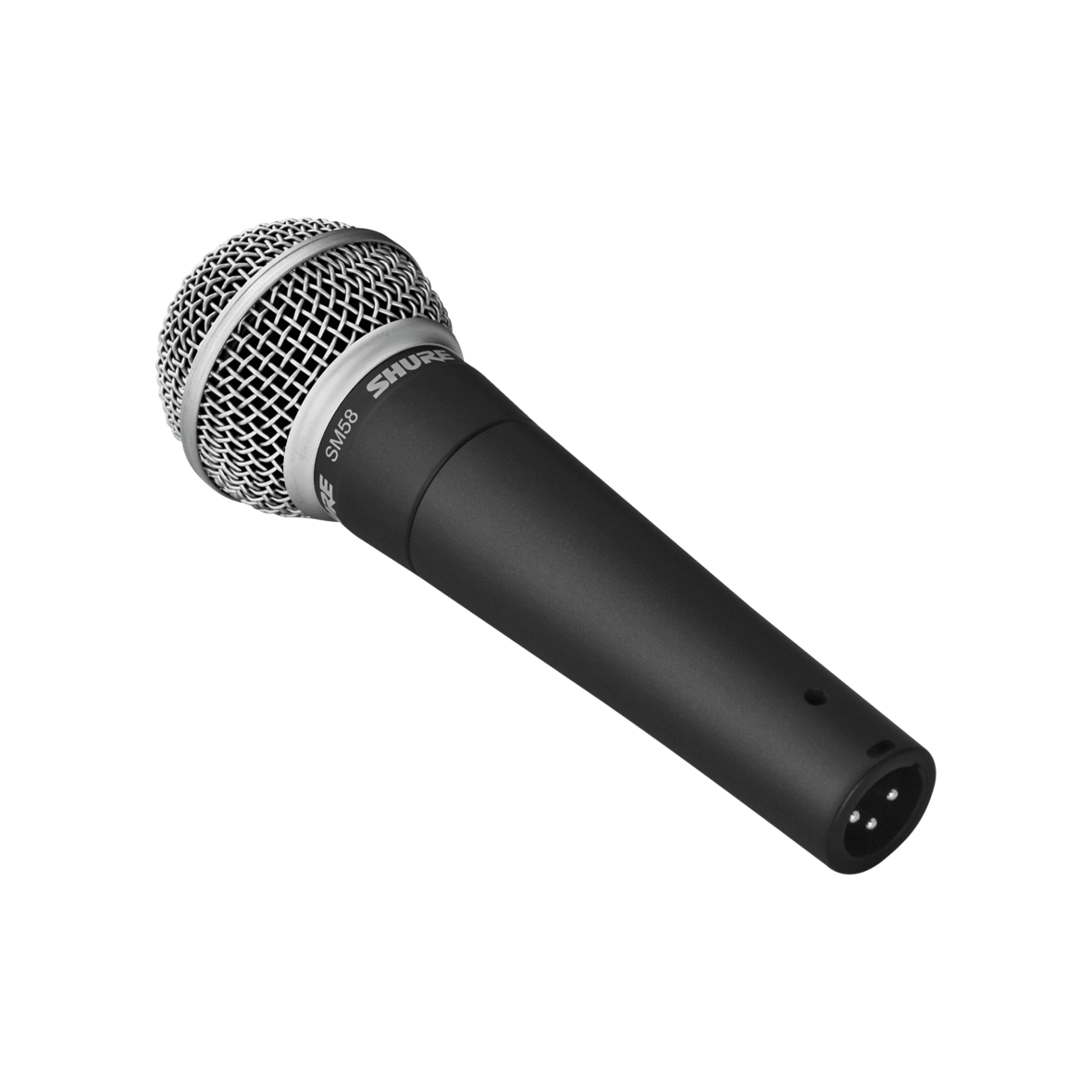
Versatility in Studio Environments
Wide Range of Choices
Studios that handle diverse recording scenarios need a selection of microphones that can capture everything from a delicate vocal performance to the thunder of a live drum kit. XLR microphones are available in a variety of polar patterns and diaphragm sizes, each with its unique sound characteristics. Whether it’s the directional focus of a cardioid condenser or the rich, warm tones of a figure-eight ribbon microphone, XLR mics provide the versatility that recording professionals need.
Compatibility with Professional Equipment
A key advantage of XLR microphones is their plug-and-play compatibility with all professional audio equipment. The universal three-pin design means these microphones can connect to any standard mixing console or audio interface without adapters or special cables. This interoperability is essential in high-stress environments where time is of the essence, and setups change frequently.
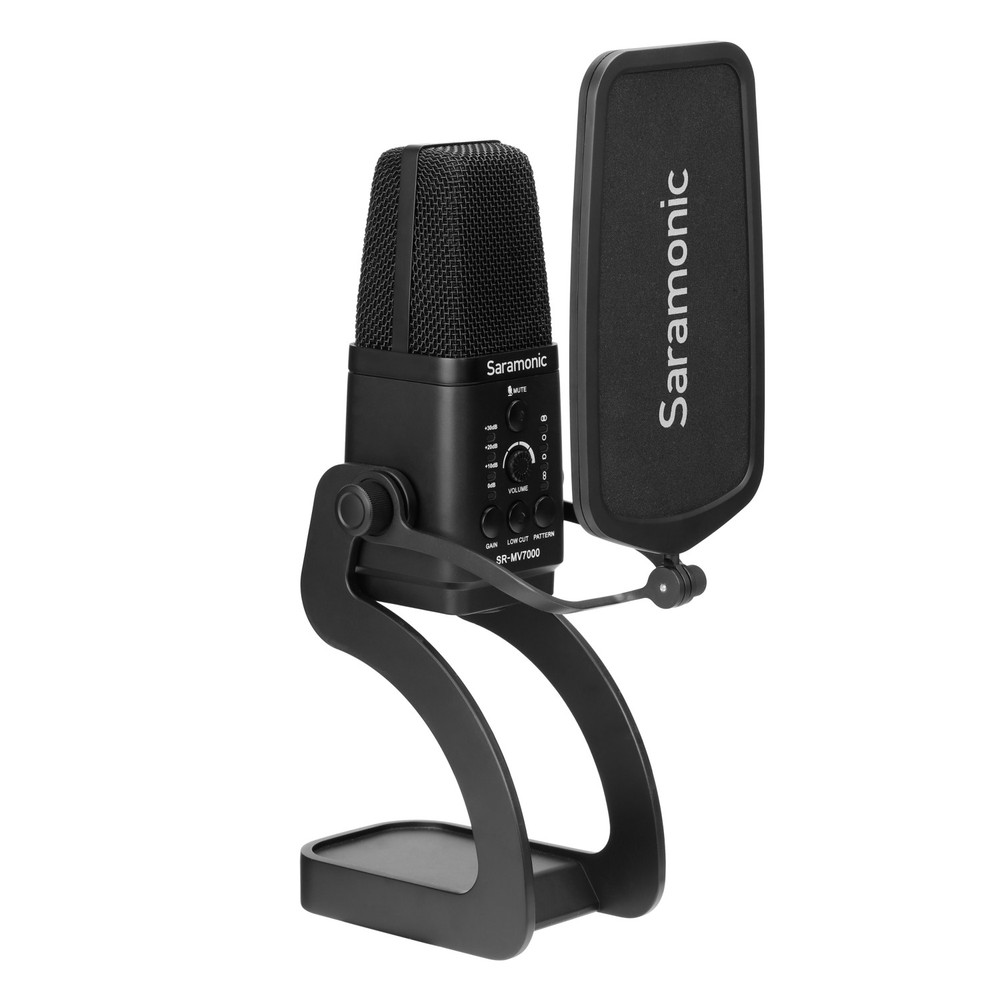
Future-Proof and Scalable
Long-Term Investment
Investing in XLR microphones is a long-term decision. They stand the test of time. XLR microphones maintain their functional integrity. They often retain or increase in value over time. Vintage or classic models are especially valued. These older microphones are sought after for their unique sound. Their robust design and ease of repair make them a one-time investment for a lifetime of quality recordings.
Expandability
As the needs of a studio grow, so can the microphone locker without worries about compatibility or needing to overhaul the existing system. The standardization around XLR connectivity allows for the smooth addition of new microphones to the lineup. This expandability encourages studios to experiment and evolve, investing in specialty mics that can add unique flavors to their recordings.
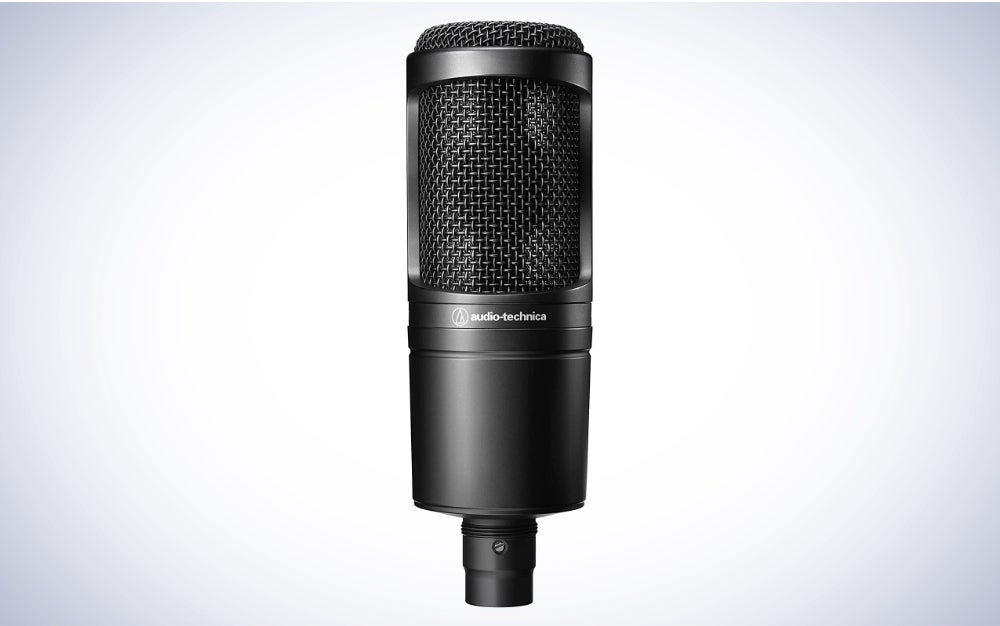
Advanced Features for Sound Engineers
Phantom Power and Preamplification
One of the essential features that sets XLR microphones apart is their requirement for phantom power—often provided by consoles or separate preamps—which supports the needs of condenser microphones. This 48-volt power boost ensures these mics have the necessary energy to capture detailed audio with high sensitivity. Preamps, meanwhile, offer clean gain that brings the microphone’s level up to a more usable signal without adding unwanted noise, allowing the nuanced character of the microphone to shine through in the recording.
Mix and Match Options
For sound engineers and studio technicians, the ability to mix and match microphones with various audio interfaces and recording equipment is invaluable. XLR microphones provide this flexibility, enabling balanced audio connections with mixing boards, field recorders, and audio interfaces from different brands. This compatibility empowers techs to create custom signal chains that can cater to the specific sonic profiles desired for each project, ensuring the production’s distinct auditory identity.

Recording in Any Environment
Studio to Stage Compatibility
While XLR microphones hold the gold standard status in studios, they also serve extensively in live performance venues. The features that make XLR microphones excellent in a controlled environment are robust build, high-quality audio signal, and resistance to interference. These features also apply to unpredictable conditions of live sound reinforcement. As a result, transitioning from studio to stage with the same microphones becomes seamless. This is particularly advantageous for maintaining sound consistency for touring artists.
The Isolation Factor
XLR microphones, especially those with directional polar patterns like cardioid, supercardioid, and hypercardioid, offer superior isolation needed in both studio and live settings. This ability to reject off-axis noise and focus on the intended sound source is critical in obtaining a clean recording. In a studio setting, this directional isolation allows for recording multiple instruments simultaneously in the same room, with minimal bleed, capturing a live ensemble’s performance with clarity and distinction.
In conclusion, XLR microphones are the gold standard for studio recording. They excel in every critical aspect of sound production. These microphones capture audio with unparalleled clarity. They withstand the trials of studio work. XLR mics adapt seamlessly into various recording roles. They are a sound investment for a studio’s growth. XLR microphones are revered by audio professionals. Professionals choose them for uncompromised recording quality and integrity. Embracing an XLR microphone is a commitment to excellence. Every note, word, and sound captured will reflect this commitment to excellence.
